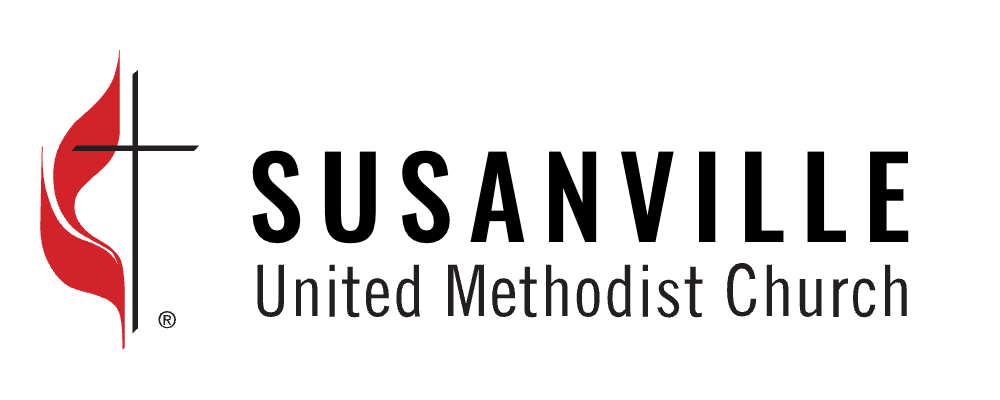4 Readings – Mary Magdalene’s Call Story
/Lectionary Readings for May 30, 2021 Trinity Sunday, Year B
Isaiah 6:1-8 v3 “Holy, holy, holy is the Lord of hosts; the whole earth is full of his glory.”
Psalm 29 v11 We ask You, Eternal One, to give strength to Your people; Eternal One, bless them with the gift of peace.
Romans 8:12-17 v14 For all who are led by the Spirit of God are children of God.
John 3:1-17 v16 “For God so loved the world that he gave his only Son, so that everyone who believes in him may not perish but may have eternal life. Indeed, God did not send the Son into the world to condemn the world, but in order that the world might be saved through him.” ~ Jesus
But this week we’re digging into The Call of Mary Magdalene as told in Luke 8:1-3; Mark 15:37-41; Matthew 28:6-10; John 20:11-18.
Peace through Leadership Quotes
“I think of a hero as someone who understands the degree of responsibility that comes with his freedom.” ~ Bob Dylan
“Freedom lies in being bold.” ~ Robert Frost
“You cannot separate peace and freedom. Because no one can be at peace unless he has his freedom.” ~ Malcolm X
Our Creator has given us amazing, incredible bodies and minds. And with all that we are and all that we have, Our Creator invites us – “calls us” – to accept responsibility for creating peace where we find chaos and suffering. We can accept this responsibility with boldness know that our loving Creator walks with us, guides us, and equips us to do the often-exhausting work of creating peace.
Any time I preach or lead a group, regardless of age, I start the same way. I’m going to say three short sentences. Please repeat each sentence, with enthusiasm.
God made me. God loves me. God has plans for me.
Preface to Today’s Scripture Reading
Despite being mentioned only 13 times in the Gospels, Mary Magdalene is an incredibly important character in Jesus’ life and the story of our faith.
Mary is also known as Mary of Magdala since “Magdalene may mean that she came from the town of Magdala, a fishing town on the western shore of the Sea of Galilee” (Wikipedia). Whoever she was, Jesus loved her dearly and included her – and many other women – in His ministry. She was so respected, that a short book, The Gospel of Mary was written, likely about her, roughly 100 years after Jesus’ resurrection.
Let’s start with who she is NOT. There is no reason to believe that she is the unnamed “sinful” woman in Luke 7:36-50 who scandalously washes Jesus’ feet with her tears and anoints them with ointment.
So how did Mary Magdalene become associated with this anonymous woman? You can thank insecure male church leadership for that (a problem that has plagued religions for millennia). In the year 591, Pope Gregory the Great decided that this anonymous “sinful” woman in Luke 7 was Mary Magdalene. And since the word “sin” at that time was a codeword for sexually immorality, Mary Magdalene became labeled a prostitute. Apparently, he wasn’t too keen on promoting female leadership. Pope Paul the VI corrected this misidentification in 1969, but it’s difficult to undo 1,400 years of misleading sermons and artwork. Fortunately, modern artists such as Janet McKenzie are helping reeducate modern Christians.
If you read the stories surrounding the 13 verses that include Mary Magdalene’s name, you will find that...
She’s the last to stay with Jesus at His execution.
She’s the first to discover the empty tomb.
She’s the first to hear about His resurrection.
She’s the first to see, talk with, and touch the resurrected Jesus.
She’s the first to be called and sent to tell others about the Good News of His resurrection – thus making her the first apostle (i.e. someone who is sent) to the disciples (i.e. followers, students) who would become apostles. She has often and accurately been called “the apostle to the apostles” and even been described as the 13th disciple.
Let’s open our ears, minds, and hearts as we read selections from each of the four gospels so that we have a well-rounded impression of Mary Magdalene.
Read Luke 8:1-3; Mark 15:37-41; Matthew 28:6-10; John 20:11-18.
Today is the fifth installment in our series about Biblical characters God has “called” to do something special. Mary’s call story is so brief that you might miss it. And yet, it’s so powerful that she should be hailed as one of the Founding Mothers of the Christian faith.
We find both her call and how she responds in the last two verses of today’s reading, John 20:17-18:
“Jesus said, “... GO find my brothers [and sisters] and tell them, ‘I am ascending to my Father and your Father, to my God and your God.’” Mary Magdalene found the disciples and told them, “I have seen the Lord!” Then she gave them his message.”
That’s it. That’s her call, her invitation to serve, and there’s her response. From our perspective, this might seem like the easiest call story in our series, but we have the advantage of hindsight. In the moment, the person she saw tortured and executed just two days ago (Friday afternoon) was miraculously alive and talking with her.
On Easter morning, “When she met Jesus in the garden, she was on the road, on a pilgrimage, away from home in [Magdala,] Galilee , in Jerusalem. She had every basis for disorientation and distraction at a time when a Passover festival had turned into a nightmare and was upended by the arrest and execution of her [teacher]; she didn’t know what to expect. Fear, helplessness, grief, confusion, disbelief” are all likely emotions in the moment (The True Character of Mary Magdalene by Sister Eloise Rosenblatt, July 21, 2020 http://www.sistersofmercy.org/blog/2020/07/21/mary-magdalene-true-character/).
And yet, with all that she was feeling, her inner strength shone brightest in those darkest hours. From the verses we read today, and the handful of others that mention her by name, we learn that Mary Magdalene is one of the most devoted followers of Jesus that ever lived. She displayed characteristics that serve as a model for all of us today.
After her initial healing, she stayed close to Jesus. Her life had somehow been transformed, and she was not walking away from the source of that transformation. Closely following Jesus may have been difficult for her in their male-controlled culture.
She wasn’t just an observer or a fan, along with the other women, she supported and served Jesus and the male disciples. Luke 1:3 tells us that she and “many others were contributing from their own resources to support Jesus and his disciples” and Mark 15:41 tells us “These [women] used to follow [Jesus] and provided for him when he was in Galilee.”
After Jesus was buried, she searched for Him while she grieved. She searched with the same passion with which she had followed Jesus. And her devotion and focused efforts paid off, she found Jesus.
But something was different now. Jesus didn’t want her to touch Him – possibly hug Him – the way she must have in the past. He was different and their relationship had to adjust accordingly. Like Mary, “Sometimes we need to let go of our image of who Jesus is before we can move forward to what he calls us to be or do.” Susan Robb, Called. Abingdon Press, 2019, p. 117.
As one of our greatest role models, Mary Magdalene’s life presses us to ask several good questions about our own commitment to our faith.
How have we experienced God’s transformative presence in our lives? Can we help each other see those transformations? Sometimes it’s easier for others to see in us what we’re too close to see ourselves.
How are we staying close to God? Prayer, worship, and service are all great practices. It’s easy to imagine Mary and the others doing all three with Jesus on a daily basis.
How are we serving God? How are we contributing our time, talents, and treasures to support ministries that transform people’s lives? It’s easy for us to think about serving others. Serving God may be a more difficult question to ponder.
How are we searching for Jesus? Is our searching intentional? How can we search together? Humans are social creatures; we function best when we work with each other. Our faith journey is no different.
As we work at addressing these questions, our answers along with our conversations with God, will naturally lead us to clarify where and how God is calling us to participate in growing the Kingdom of God.
What better way to live our faith than listening and looking for God’s call so that when God say GO, we can quickly respond with joyful commitment?
Amen? Amen!

